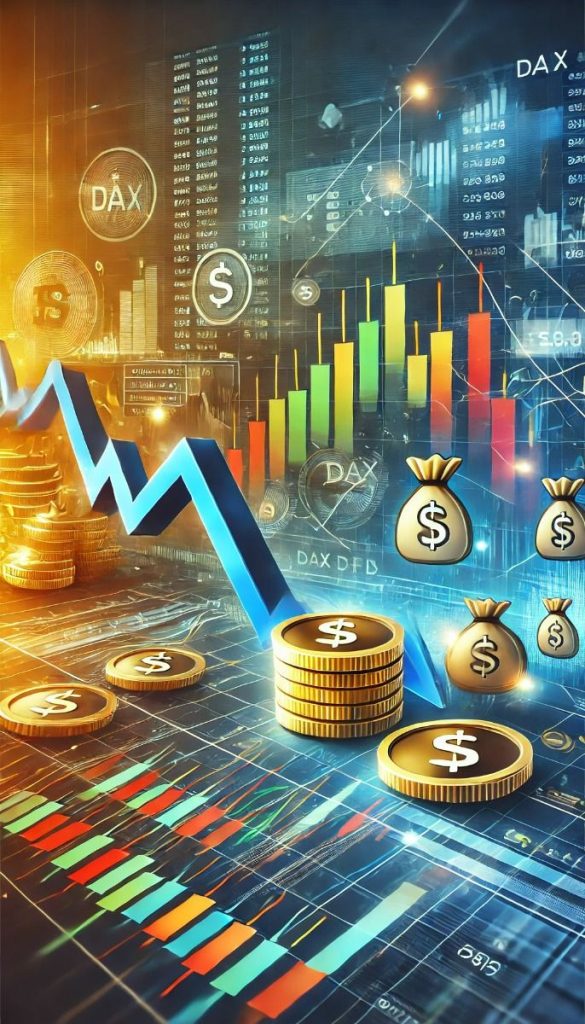
Modern markets are evolving at a rapid pace. The volume of data, speed of decision-making, and complexity of strategies have grown to a level where human-based trading without automation becomes increasingly inefficient. In this article, we explore how Artificial Intelligence (AI) is transforming trading platforms, which technologies are used, and what the future holds.
1. Why Is AI Becoming Critical in Trading?
Markets are driven by a continuous flow of events, news, and behavioral signals. AI can:
process huge volumes of data in real time,
detect hidden patterns and anomalies,
make decisions faster than a human,
reduce emotional impact in trading.
This is crucial for high-frequency trading (HFT), algorithmic strategies, and multifactor analysis.
2. How Is AI Used in Trading Terminals?
📊 Technical Analysis and Signals
AI can:
recognize chart patterns,
interpret signals from volume and volatility,
forecast trend reversals or continuations.
🧠 Machine Learning (ML)
Trained on historical data, ML models can:
adapt to changing market conditions,
detect recurring behavior patterns,
generate probabilistic strategies.
📰 News Processing (NLP)
AI can:
analyze headlines and reports in real time,
perform sentiment analysis,
respond to global events (e.g., Fed reports, political news).
🤖 Automated Execution
AI-driven bots can manage entries and exits based on logic, considering:
order book depth,
liquidity,
spreads and slippage.
3. Technologies Behind AI in Terminals
Neural networks — for recognizing nonlinear patterns
Decision trees and boosting — for multifactor models
Reinforcement learning — self-training trading agents
Rule-based AI systems — predefined logic with adaptability
Most are built in Python, using libraries like TensorFlow, PyTorch, Scikit-learn, and XGBoost.
4. AI in Popular Platforms
MetaTrader with AI scripts — via custom integrations
QuantConnect — cloud-based ML and backtesting
Tradestation — integration with Python analytics
NinjaTrader — supports C#/DLL-based AI modules
Interactive Brokers API — allows external AI connection
5. Pros and Risks
✅ Pros:
Fast decision-making
Adapts to changing conditions
Reduces manual workload
Improves entry/exit precision
⚠ Risks:
AI may misinterpret context (e.g., sarcasm in headlines)
Risk of false signals or overfitting
Requires human oversight and proper testing
High computing demands
6. What Does the Future Hold?
AI assistants built into terminals, giving real-time recommendations
Hybrid strategies, where humans set goals and AI executes tactics
Integration with blockchain and DeFi, where AI manages positions on DEXs
Personalized AI models trained on individual trader behavior
Conclusion
AI doesn’t replace the trader — it enhances them. The future of trading lies in collaboration between human and machine, where human intuition and vision are amplified by the speed, precision, and adaptability of algorithms. The key is not just to “use AI” but to build a meaningful synergy between trader and technology.

